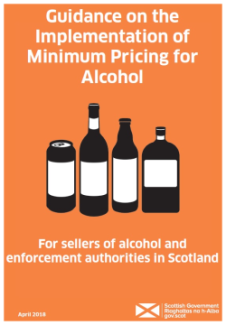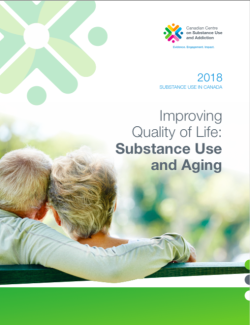Applying interventions designed to reduce and manage the symptoms of substance use disorders.
Treatment
Tobacco Cessation Interventions and Smoke-Free Policies in Mental Health and Substance Abuse Treatment Facilities
Many persons with mental or substance use disorders who smoke want to and can quit smoking.
Impact of an Online Training Program in Hospital Workers’ Smoking Cessation Interventions in Bolivia, Guatemala and Paraguay
Abstract Objective To examine changes in hospital workers’ interventions before and after online training. Method Pre-post evaluation of the self-reported performance of the 5A's by hospital workers from the three organizations involved. We...
Effectiveness Bank Drug Treatment Matrix Row 3: Doctors and Drugs
Time to consolidate the lessons of the online course on drug treatment's last five instalments, all on medical treatment of drug dependence. Medications most clearly mark an intervention as ‘medical’, but are never all there is to treatment...
Stigma Associated with Medication Treatment for Young Adults with Opioid Use Disorder
Abstract Background Opioid-related overdose deaths have risen sharply among young adults. Despite this increase, access to evidence-based medication for opioid agonist treatment (OAT) for youth remains low. Among older adults, barriers to...
Experiences of a Motivational Interview Delivered by a Robot: Qualitative Study
ABSTRACT Background: Motivational interviewing is an effective intervention for supporting behavior change but traditionally depends on face-to-face dialogue with a human counselor. This study addressed a key challenge for the goal of...
How Can Contingency Management Support Treatment for Substance Use Disorders? A Systematic Review
Rewarding people dependent on illegal drugs for not using those drugs is a controversial tactic, one this report from the European Union’s drug misuse centre found patchily effective in extending retention and reducing substance use as a...
Pregnancy & Opioids Guide
INTRODUCTION Is there a young woman in your life who is pregnant and misusing or addicted to opioids? Perhaps it’s your daughter or granddaughter, your son’s girlfriend or wife, a niece or a friend. Here you’ll find information to help her...

Guidance on the Implementation of Minimum Pricing for Alcohol
With legislation brought in on 1 May 2018 the Scottish Government has produced a resource offering Guidance on the Implementation of Minimum Pricing for Alcohol for sellers of alcohol and alcohol enforcement authorities in Scotland. The...

Improving Quality of Life: Substance Use and Ageing
The Canadian Centre on Substance Use and Addiction (CCSA) has released a resource focusing on substance use in ageing populations. The document covers the consequences of substance use in older adults, health conditions which might occur...

Psychological and Psychosocial Interventions for Cannabis Cessation in Adults
Abstract Objective: Many psychological and psychosocial interventions have been developed to treat regular users of cannabis, but it is unclear which intervention(s) are the most effective. This article aims to assess the effectiveness of...